The Palace of the Shirvanshahs in Baku’s Old City is a site that will capture any traveler’s attention. Without visiting it, a trip to Baku would be incomplete. Located in the heart of Baku’s Old City, an architectural complex offers a glimpse into Azerbaijan’s rich history and cultural heritage. This 15th-century palace, built by the Shirvanshah dynasty, is a UNESCO World Heritage Site and a must-visit destination for anyone traveling to Baku.
In addition to housing the main palace, the complex also contains burial vaults, Seyid Yahya Bakuvi’s Mausoleum, Murad Gate, and other structures. In the past, the palace was protected by a fortified wall with towers that acted as a stronghold for the fort. The reason for its fame lies in the unique architectural styles showcased at the Palace of Shirvanshahs, which includes intricately carved stone walls, domes, and arches. The complex consists of different buildings like the main palace, a mosque, a bathhouse, and a mausoleum, highlighting the various functions and cultural importance of the site. Tourists have the opportunity to wander through the palace and its adjacent courtyards, allowing them to learn about the history and everyday activities of the Shirvanshah dynasty. In this travel guide to the Palace of Shirvanshah, we’ll explore the palace’s history, architecture, and practical information to help you plan your visit.
Basic Details
- Location: Baku, Azerbaijan
- Year of Construction: 15th century
- Style: Shirvan Shahi
- Original Use: Palace
- Current Use: Museum
- Historical Importance: Described by UNESCO as ‘one of the pearls of Azerbaijan’s architecture.’
- Components: Main building, Divanhane, burial-vaults, shah’s mosque, mausoleum, eastern portal, Murad’s gate, reservoir, bath house remnants
History of the Palace of Shirvanshahs
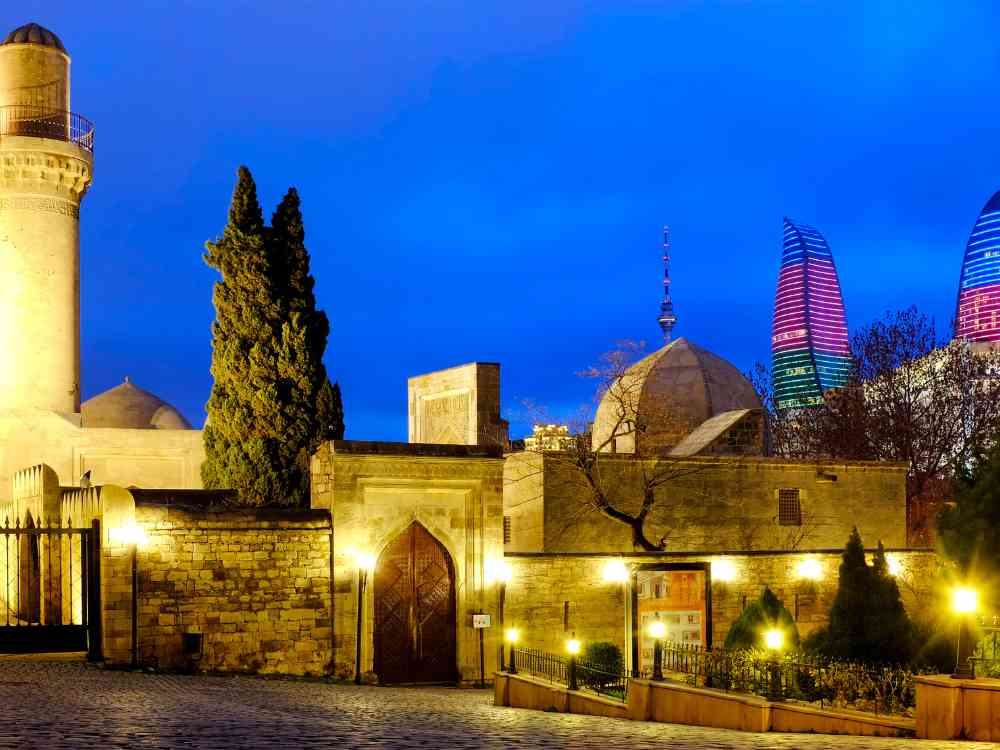
The Palace of the Shirvanshahs was built in the 15th century during the reign of Ibrahim I of Shirvan, who transferred his capital from Shemakha to Baku following a devastating earthquake. The palace complex was constructed around the sacred tomb of Seyid Yahya Bakuvi, a Sufi saint, and served as the seat of power for the Shirvanshah dynasty. Over the centuries, the palace has witnessed many historical events. In the mid-15th century, Baku was ruled by the Safavids, but in 1578, the palace passed into the possession of the Turks. In 1723, the palace was captured by the troops of Peter I, causing damage to its southern and eastern facades. The palace remained in a ruined state until the 19th century when it was transferred to the Russian military department for storage of military equipment and weapons.
After the 1917 revolution, restoration efforts began, and in 1964, the palace was given the status of a museum-reserve. Despite the plundering and devastation it has endured, the Palace of the Shirvanshahs remains a testament to Azerbaijan’s architectural and cultural heritage.
Architecture and Highlights
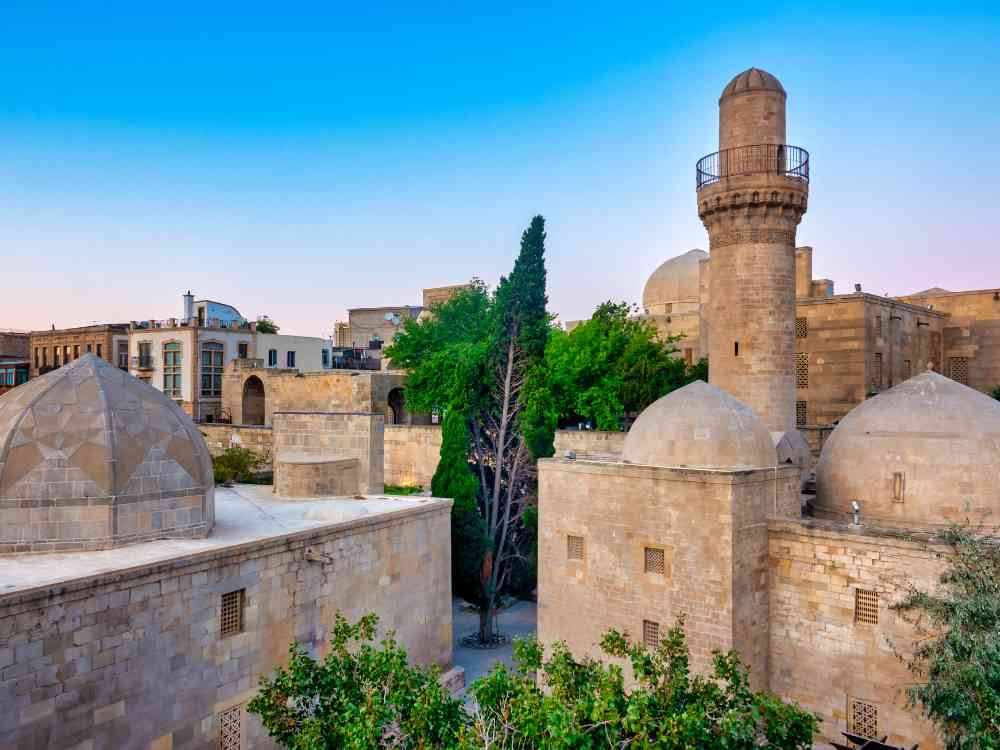
The Palace of the Shirvanshahs is a complex that includes the main palace building, Divanhane, burial vaults, the Shah’s mosque with a minaret, Seyid Yahya Bakuvi’s mausoleum, a portal, a reservoir, and the remnants of a bathhouse. The palace is built of the same material as the mosque and tomb, with intricate stone masonry. The Shirvanshahs’ Palace complex includes a 52-room Dwelling house, Divankhana, Seyid Yahya Bakuvi Tomb, ruins of Key Gubad Mosque, the Eastern Portal, the Palace Mosque, Shirvanshahs’ family tomb, and the Palace bath. The Palace was constructed by Shirvanshah I Ibrahim in the 14th century, and then followed by others like Shirvanshah I Ibrahim (1382-1417), Shirvanshah I Khalilullah (1417-1465), and Shirvanshah Farrukh Yasar (1465-1500). The stone city, once the capital of the ancient state of the Shirvanshahs in Azerbaijan, has been around for a thousand years and covers an area of 22 hectares. Within this area, there are about 500 historical sites including mosques, caravanserais, bathhouses, and residential buildings.
Three of these sites are considered to be of global significance, while 28 are national landmarks and 453 are of local importance. The apartment building has a total of 52 rooms, with 27 on the ground floor and 25 on the first floor. The only decoration on the grand entrance is the color shades from the light reflecting off the walls. Currently, the palace serves as a museum exhibit. The Shirvanshah state lasted from the sixth to the sixteenth century due to the wise decisions of the rulers, allowing it to thrive for a millennium and significantly impact the cultural, socio-economic, and political progress of Shirvan. Following a devastating earthquake in 1191 that destroyed the capital city of Shamakhi, the Shirvan state relocated to Baku and began constructing a new Palace building.
Some of the highlights of the palace include:
- Divan-khana: A rotunda northwest of the palace complex, believed to have served as a judgment seat or council chamber
- Seyid Kuyusu: A sacred well located on the palace grounds, believed to have the power to restore milk to nursing women
- Bathhouse: Discovered in 1939, the palace bathhouse consisted of 26 domed rooms and was heated with hardened oil
- Panoramic views: The palace’s location on three descending steps offers stunning panoramic views of Baku from the sea.
Plan your Baku Community Trip HERE…
How To Reach Palace of Shirvanshahs
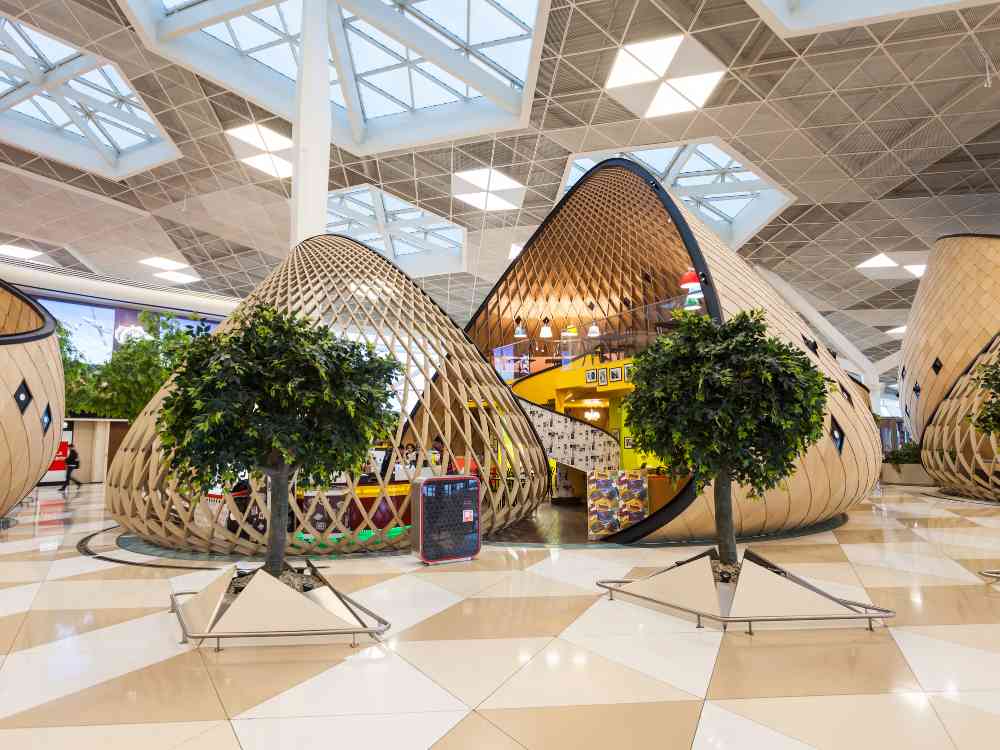
The Palace of the Shirvanshahs is located in the Old City of Baku, Azerbaijan’s capital and largest city. The closest major airport is Heydar Aliyev International Airport, about 25 km from the palace. From the airport, you can take a taxi or public transportation to the city center, and then either walk or use public transport to reach the palace.
READ MORE: Why Baku is Trending all of a Sudden?
Best Time to Visit Palace of Shirvanshahs
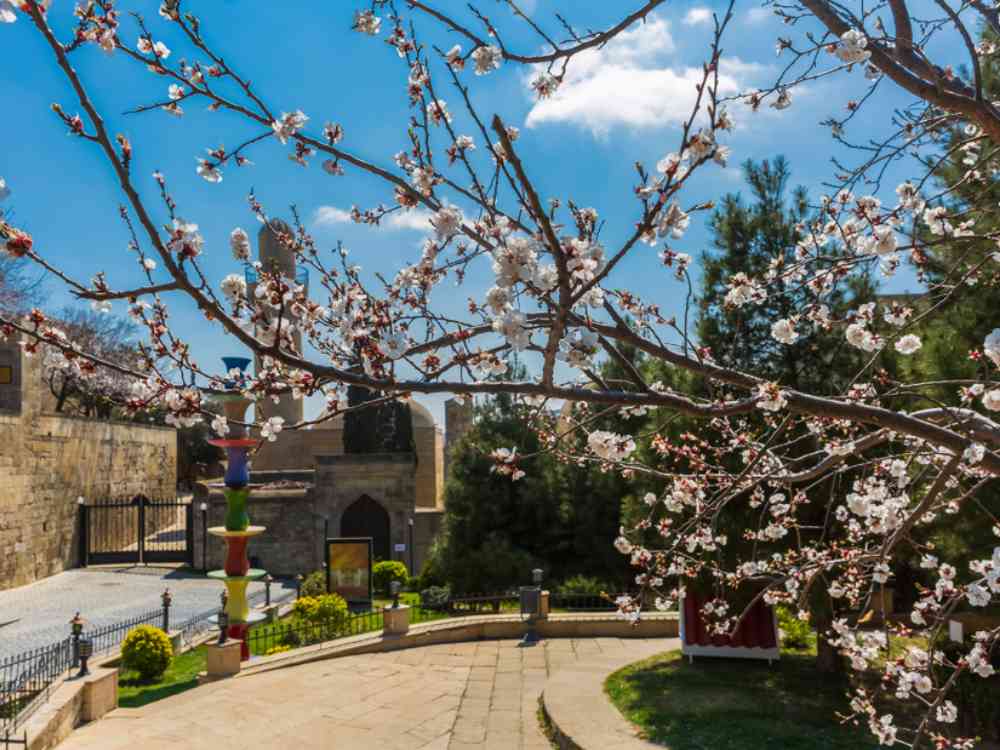
The best times to visit the Palace of the Shirvanshahs are during the spring (April to June) and autumn (September to November) when the weather is mild and pleasant. Summer (June to August) can be very hot with high temperatures, but for those who enjoy the heat, longer daylight hours can be appreciated. Winter (December to February) brings colder weather, however, visiting the palace during this time offers a chance to see the picturesque snow-covered surroundings creating a unique atmosphere. The Palace of the Shirvanshahs is a must-visit destination for anyone interested in history, architecture, or culture. Its stunning beauty, rich history, and unique features make it a highlight of any trip to Baku. With this travel guide, you have all the information you need to plan your visit and make the most of your experience at this remarkable UNESCO World Heritage Site.
EXTENDED READ: Best Time to Visit Baku
Opening Hours and Entrance Fees
The palace is open from 10 AM to 6 PM daily. Entrance fees vary depending on the visitor’s age and nationality:
- School kids (foreigners also): 0.20 AZN
- Students: 1 AZN (foreigners: 5 AZN)
- Adults: 2 AZN (foreigners: 10 AZN)
The Integrity of Palace of Shirvanshahs
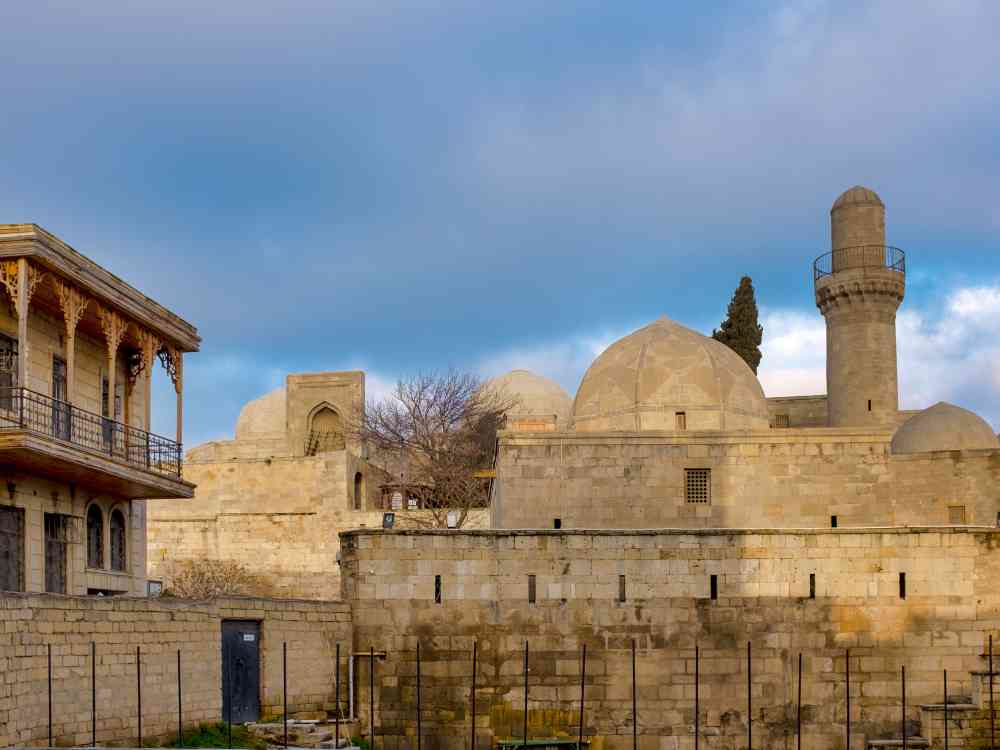
The property’s boundaries align with those of the Walled City, encompassing its walls, layout, and structures that represent its Outstanding Universal Value. After the property was inscribed, some buildings within the Walled City experienced significant deterioration due to factors such as an earthquake, illegal demolitions, and unregulated development. As a result, the property was removed from the List of World Heritage in Danger in 2009. The surroundings of the property have seen changes since its inscription, mainly due to construction activities that followed the collapse of the previous Soviet management system. The area remains prone to negative visual impacts from nearby developments. The new management system integrates municipal and conservation functions effectively.
The Authenticity of Palace of Shirvanshahs
Post-inscription, the demolition and reconstruction of some buildings had a negative impact on the overall authenticity of the urban setting. However, efforts to remove the property from the List of World Heritage in Danger have preserved key attributes that maintain its Outstanding Universal Value in terms of materials, design, and urban planning. The historic city’s cohesion and functions are supported by an active local community.
Protection and Management Requirements
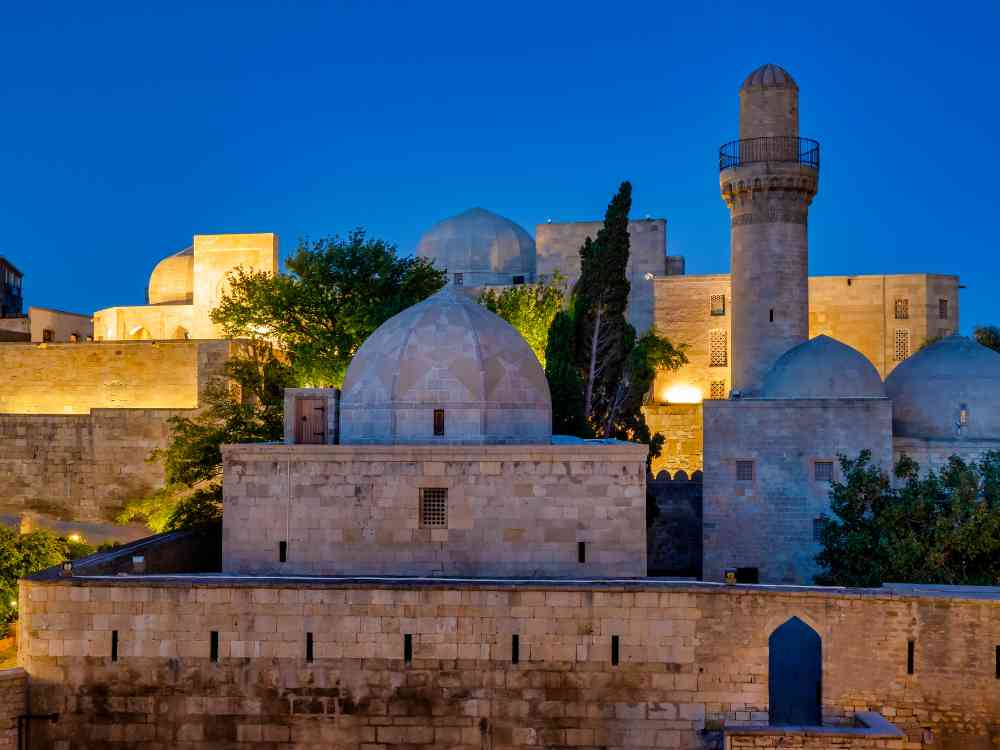
The Walled City of Baku and its buffer zone are recognized and safeguarded as National Monument. The inner city is protected through Presidential Decrees issued in 2005 and 2007, while the buffer zone is safeguarded by a Decree from the Cabinet of Ministers. In 2007, the State Historical-Architectural Reserve Administration “Icherisheher” (SHAHAR) took over management responsibilities from the Ministry of Culture and Tourism and the City of Baku. SHAHAR operates independently with government funding. An Integrated Area Management Action Plan (IAMAP) and a Conservation Master Plan have been established.
Tips for your Trip
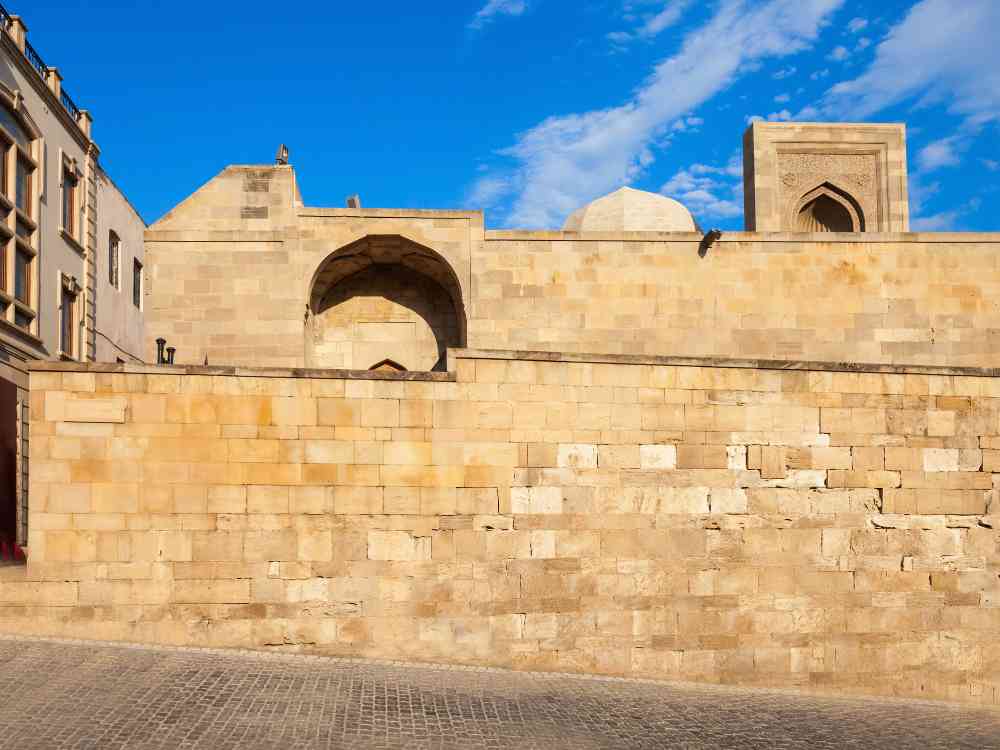
These suggestions will help you enjoy your visit to the Palace of the Shirvanshahs to the fullest:
- It is recommended to wear comfortable footwear as you will be moving around the premises.
- Bring a camera to capture the detailed architecture and beautiful surroundings.
- To avoid crowds and enjoy a more peaceful atmosphere, consider visiting on a weekday or early in the day.
- Be ready to walk around a bit since the royal grounds are likely to be quite extensive.
- Don’t forget to bring your camera as there are many opportunities for photos at the palace.
Places to Explore Nearby Palace of Shirvanshahs
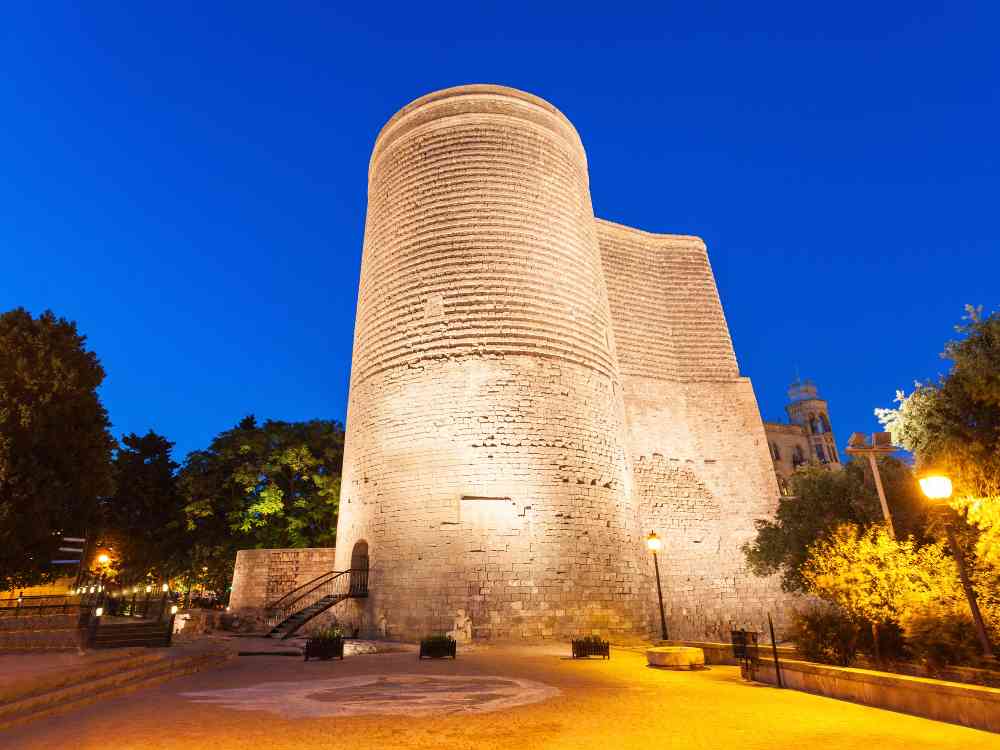
- Explore the Maiden Tower, situated near the Palace of the Shirvanshahs, as an iconic symbol of Baku.
- Learn about Baku Boulevard, a picturesque promenade offering stunning views, greenery, and recreational activities.
- Discover the Azerbaijan Carpet Museum, a must-visit destination for art and culture enthusiasts.
FAQs
What are the opening hours and entrance fees for the Palace of Shirvanshahs?
The Palace of the Shirvanshahs is open daily from 10 AM to 6 PM. The entrance fees vary based on visitor categories: school children (including foreign students) pay 0.20 AZN, local students pay 1 AZN, foreign students pay 5 AZN, local adults pay 2 AZN, and foreign adults pay 10 AZN.
How can I get to the Palace of Shirvanshahs?
The palace is conveniently located in the Old City of Baku. Visitors can reach it by public transport, including buses (numbers 1, 65, 79) and the metro (Icheri Sheher station). Taxis are also readily available and typically cost around 5 AZN from central locations.
What historical significance does the Palace of Shirvanshahs hold?
Built in the 15th century, the palace served as the royal residence of the Shirvanshah dynasty. It is recognized as a UNESCO World Heritage Site, showcasing the architectural and cultural heritage of Azerbaijan. The complex includes a mosque, mausoleum, and bathhouse, reflecting the lifestyle and traditions of its time.
What is the best Baku Group Tour?
If you’re looking for the perfect group tour of Baku, the community trip by JustWravel is an excellent choice. Their 5-night, 6-day group tour offers a comprehensive experience, including visits to the Old City, Gabala, Qobustan, and more.
Are you ready to uncover the history behind Palace of Shirvanshah?







